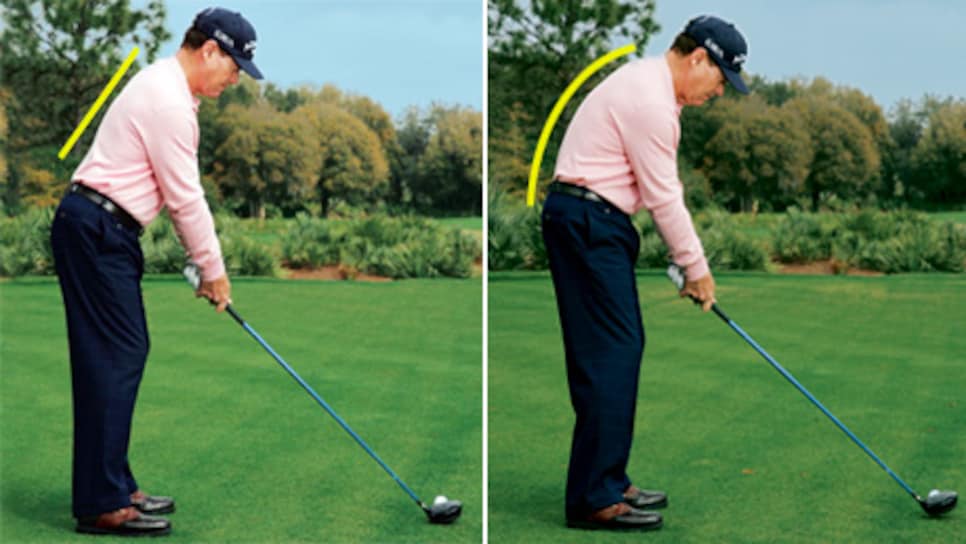Golfers are always on the hunt for something to upgrade their game, especially as we round into the meat of the golf year. So, we enlisted the help of a couple of our resident low handicap editors: Former college golfer Drew Powell and senior game improvement editor Luke Kerr-Dineen.
The question was simple: What’s some advice that has stuck with you, that helped upgrade your game?
Here’s what they said…
1. Stop chasing a ‘golden move’ – Drew Powell, plus-2.6 handicap
One of the biggest breakthroughs I’ve had in the game is realising there’s no “golden move” that is going to make you shave a bunch of shots off your handicap overnight. Improvement – real, lasting improvement (for me, at least) – comes from diligently working on the things holding your swing back. If you’ve properly identified the flaws, you should be working on the same things for months, maybe years.
The biggest jump in my game came a few years ago when I started working with Jim “Doc” Suttie (one of Golf Digest’s 50 Best Teachers in America). I worked on the same few drills and movements for months – never deviating to try something new. I went from a plus-1 handicap to plus-4 in the span of eight months. Of course, I lost some of that swing discipline and started trying new things to find the secret move. I never found it, and my game suffered.

2. Focus less on the swing and more on the basics – Luke Kerr-Dineen, 1.8 handicap
Probably the best piece of advice I can share, from one golfer to another, is to stop trying to change big stuff in your swing if you don’t have lots of hours to practice. Changing stuff means you have to undo your old moves, groove your new ones, and make sure you implement them correctly along the way. To Drew’s point, stuff like that doesn’t happen right away.
It’s why, when you don’t have lots of time and energy to spend, focus on the basics. By those I mean:
- Your ball position is in the right spot for each club
- Your posture is sharp
- You’re aiming in the place you’re intending to aim
- Your grip matches your body and helps keep your clubface relatively square
- You’re transferring your weight onto your lead foot on the way through.
You can never get that stuff too good, and you’ll be surprised at how many good downstream effects it’ll have in your golf swing – without you having to worry spend hours at the range.



